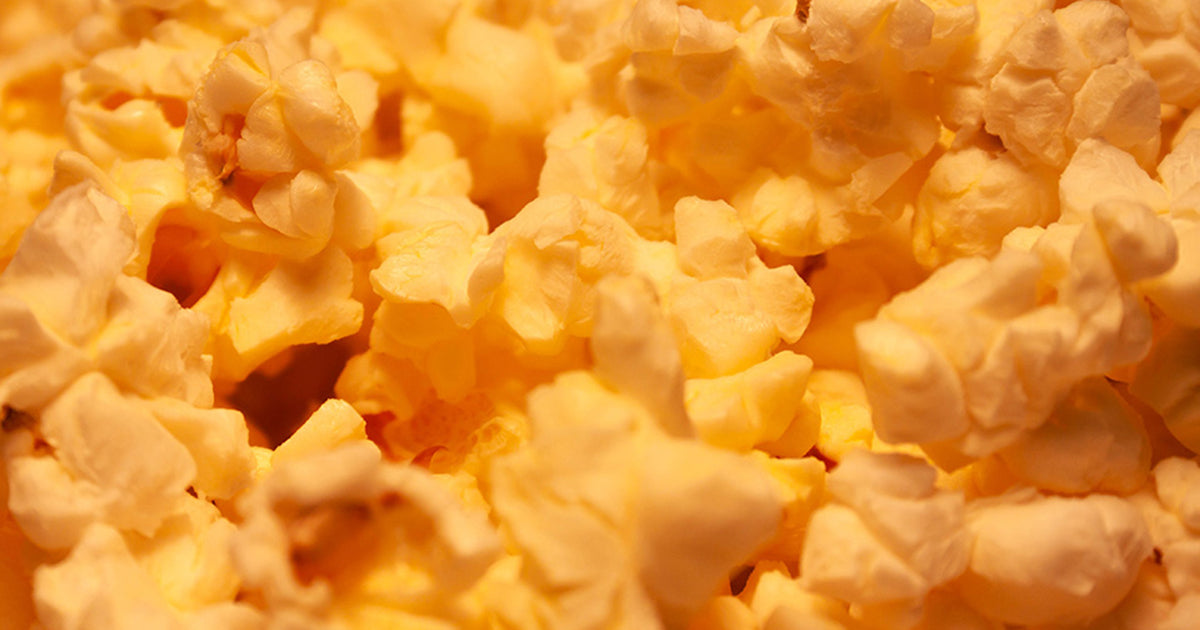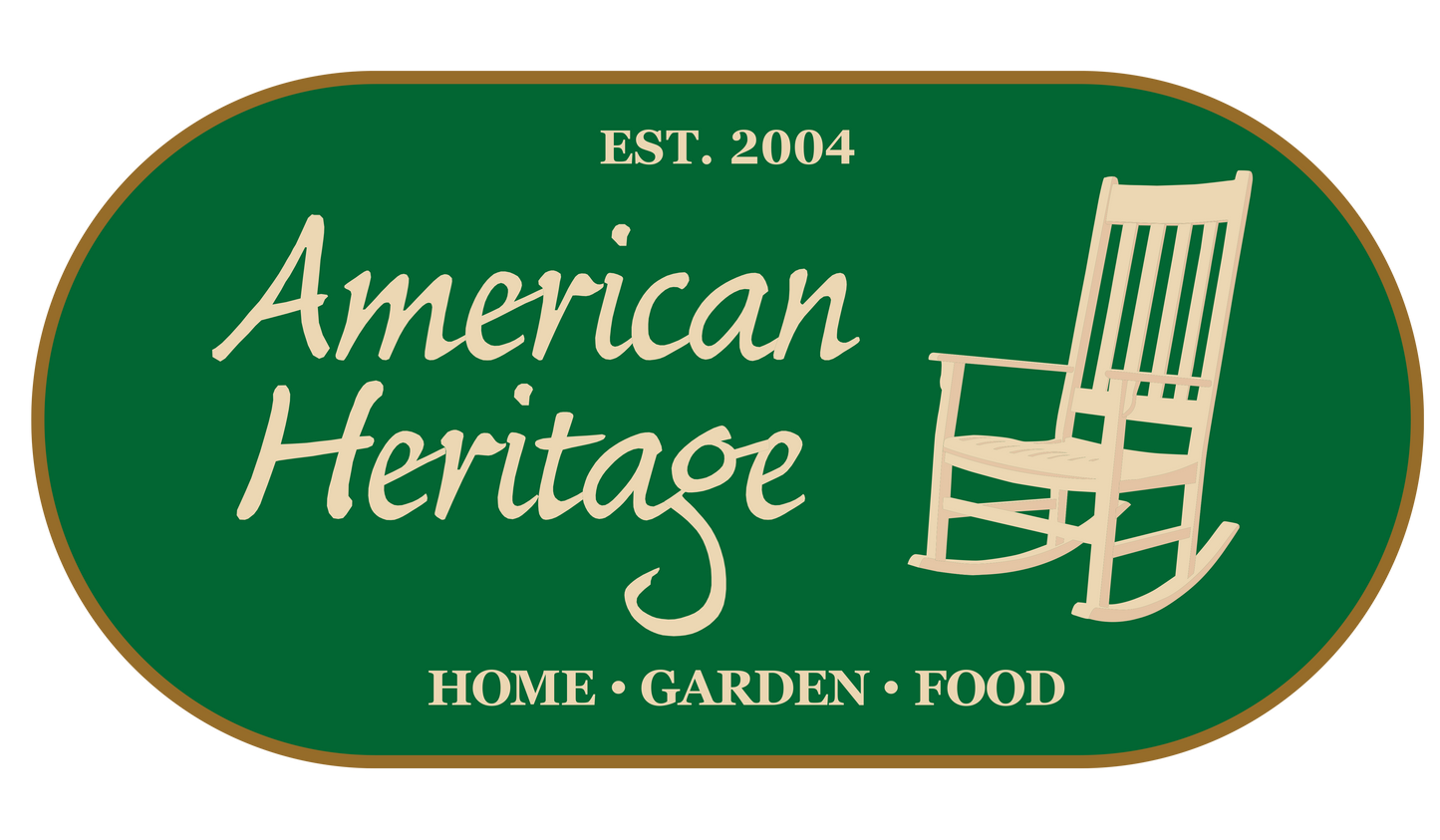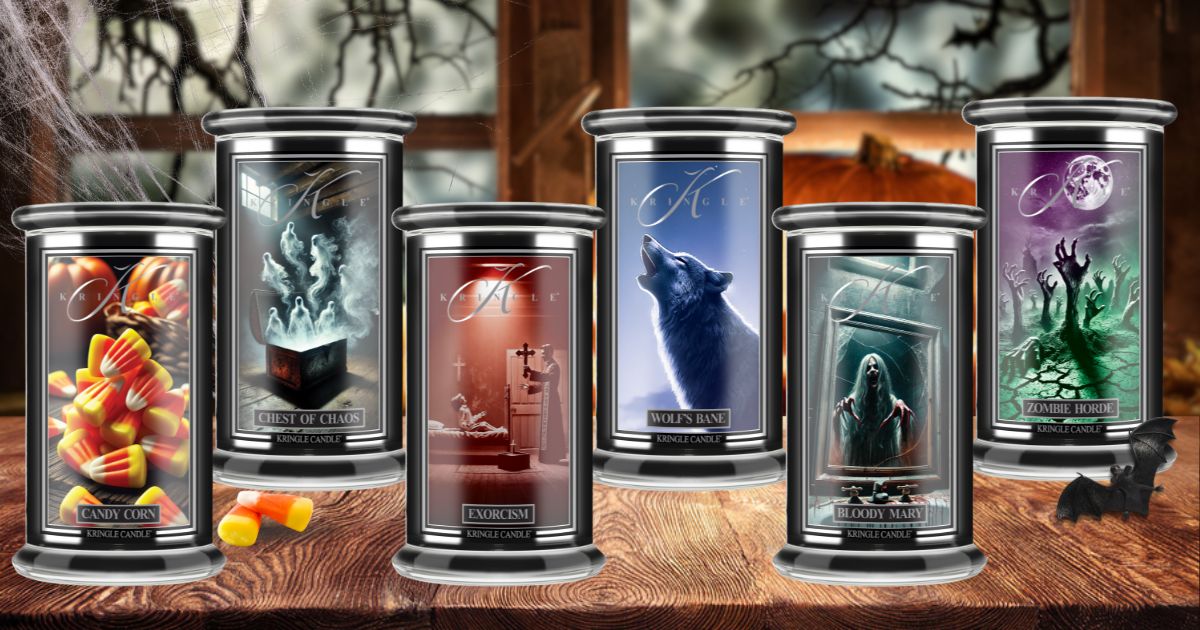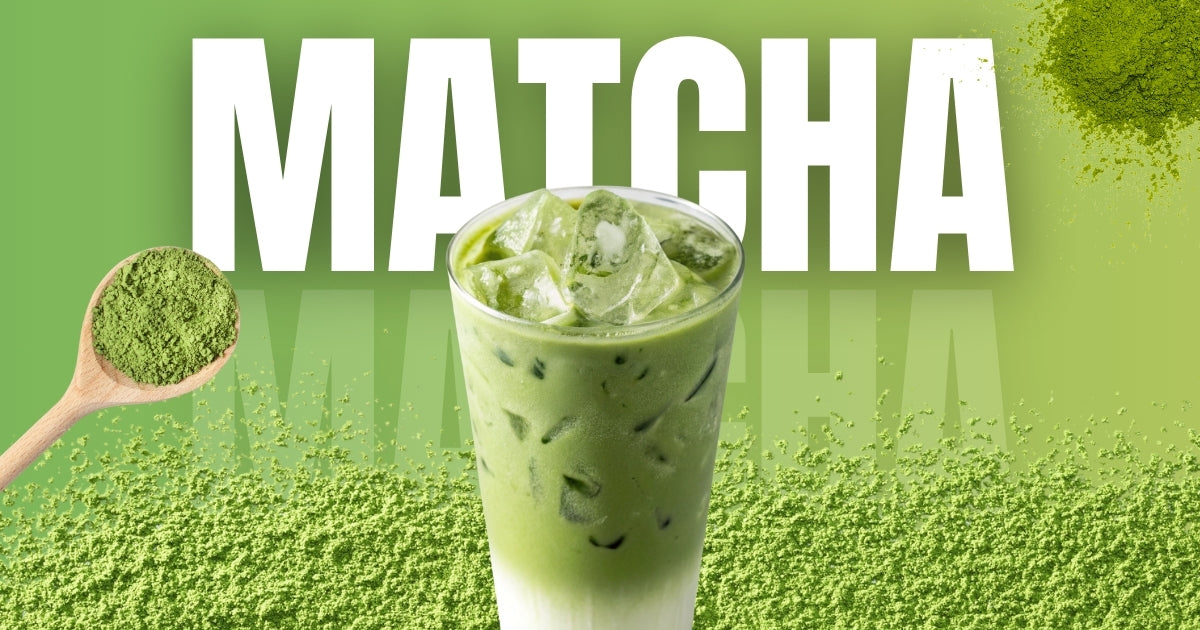
The most important things at a glance:
- BBQ popcorn is a delicious alternative to classic sweet or salty
- Barbecue and popcorn have belonged together since the days of the cowboys
- The first sweet popcorn recipe comes from German settlers
- Popcorn sales were originally banned in cinemas
- Popcorn is the perfect alternative to bread for diets and weight loss
Salty or sweet?
This question divides popcorn fans around the world. But did you know there are more than just these two classic ways to enjoy freshly popped corn? BBQ popcorn combines the pleasure and addictiveness of popcorn nibbling with the spicy, smoky, feel-good taste of classic American barbecue .
But Popcorn and barbecue – what do they have in common?
Popcorn – a typical American snack
We love delicious fresh popcorn, but not nearly as much as our friends in the USA, each of whom on average 50 kg per year And while for many of us, popcorn is still primarily a movie theater snack, Americans eat most of their popcorn at home on the couch.
In fact, the cinema popcorn that is so popular in this country today is a later invention of cinema owners. Initially, cinemas wanted to not sell any popcorn at all. Instead, there were Street vendors set up their stalls in front of local cinemas to sell moviegoers a bag of popcorn before they entered. Over time, cinema owners realized the business they were missing out on (and presumably resigned themselves to the necessary cleanup anyway), and today, popcorn is an integral part of the cinema experience.
But popcorn has a very long history beyond the screen. There is evidence that around 4,700 BC the indigenous people in Peru one of the earliest forms of agriculturally cultivated maize, not only processed into flour, but also made it burst over open fires. Archaeologists have even found 1000-year-old corn kernels found, from which even after all this time The Aztecs also knew popcorn and used it not only as food but also threaded the white flakes onto strings and carried them as jewelry or even used them, analogous to the beaded curtains that were fashionable in the 70s, as doors and screens. Popcorn was so important to the Aztecs that it was regularly used as Sacrifice to their gods was used – all clear evidence that even the early Americans shared our modern hype about the delicious snack.
On the first Thanksgiving Unfortunately, there was no popcorn. The Native Americans in Virginia weren't fans, unlike their fellow tribesmen in the South.
Luckily, today we can enjoy fresh popcorn with great mechanical aids (such as the Popcorn poppers from Whirley Pop ) can also be easily made at home instead of relying on pre-packaged ready-made products.
The North American natives took a more Spartan approach, popping popcorn on sand. Fire burned on the sand and then the Corn kernels spread out on the hot sand . The residual heat stored in the sand was enough to cause the kernels to explode.
And this is where our barbecue comes into play.
Barbecue – a smoky tradition
Besides popcorn, what else is typically American? Of course, barbecue.
But beware: real American Barbecue has little in common with our grilling here in Germany. While Americans also like to throw sausages, steaks and similar small portions of meat on the grill, in the USA this is called “Grilling” and is completely clearly defined from the traditional barbecue.
Unlike fast grilling, barbecue focuses on indirect heat and cooking the meat with smoke instead of flames. Barbecues are also traditionally Large pieces of meat , such as brisket (in German "breast tip"), are used and smaller cuts such as steaks etc. are rather rare here. Since it is about smoke and indirect heat, the barbecue is also a more protracted matter and it can be half a day until the meat ends up on the plates.
The origin of today’s barbecue is most likely in the West Indies . Here, meat was traditionally preserved by drying and smoking over small, smoky fires. This technique (or alternatively the racks used for this purpose) are traditionally called “Barbacoa” .
The modern barbecue developed the European settlers by copying the Native Americans in Virginia. They changed the process over time by Addition of butter and vinegar to keep the meat juicy during the smoking process instead of drying it out for storage – the American Barbecue was born.
It could be a very own blog only about the different grill styles in the USA (more on this perhaps in the future?), so let me just say briefly that barbecues vary greatly in sauces, spices and meat. North Carolina with Caribbean roots mostly uses Vinegar-based sauces (depending on the style with or without tomato paste) and pork. South Carolina also uses pork, but Mustard-based sauces based on the recipes of German immigrants. Memphis Barbecue clearly prefers pork, but also has nothing against the occasional brisket, and uses a Molasses-based sauce . Kansas City Style uses the same sauce as in Memphis, but for pretty much all kinds of meat including beef and chicken.
The well-known Texas Barbecue on the other hand, almost exclusively beef (especially delicious briskets) and grabs rather to dry rubs as sauces like in the other variations.
For those who want to try out grilling, we have a wide selection of delicious rubs and sauces in our shop:
And if you prefer to experiment and make your own sauces based on the great barbecue styles from America, we offer a whole range authentic ingredients and blends for your very own creations:
BBQ popcorn – from Cowboys, Feuer & Korn
But what does this have to do with our Popcorn to do?
As mentioned, the Europeans developed the barbecue from smoking of meat about fire pits , which they had copied from the native peoples. If we remember how the native peoples made their popcorn, the connections become clear. It may have taken a while (since, as mentioned, the native peoples in Virginia hardly used popcorn), but the further the settlers to the south of the continent The sooner they advanced, the more likely they were to observe how the natives used the still warm fire pits after smoking to completely traditional and natural To pop popcorn.
This Duality of barbecue and popcorn could also be traced later in American history – for example with the Cowboys . Barbecue, i.e. smoking meat over an open fire, was a daily event on the long cow drives in the nineteenth century . This variation, with a strong focus on beef and rubs (similar to today's Texas barbecue), was even known for a time as “Cowboy Barbecue” The cowboys were also known for their love of Kettle Corn , the popping of corn in a pot suspended over a fire. Here, too, the settlers naturally adapted the traditions of the natives to their tastes, and so the cowboys' popcorn based on practices of German settlers , with Sugar And when there was no sugar at hand, the cowboys simply reached for the for their typical barbecue rubs – it’s finished BBQ popcorn .
But for the perfect taste, you don't need an open fire or the wide open prairie. Get the delicious taste experience in a traditional American way with the delicious blend of Salt & Vinegar .
For the perfect taste experience But it doesn't just require the right combination of flavors, but also the right grain. In fact, not all grains are created equal, and even though corn is the second most cultivated food in the world (only surpassed by rice), only 2 thousandths of a percent of which popcorn corn.
What sets popcorn apart from other corn and grains is its hull. Its waterproof hull is the key to its explosive nature. Grains contain water, which turns into steam when heated. In most grains, this steam escapes through the permeable shell. Since this cannot happen in popcorn, the steam expands inside the grain and the pressure inside increases until he finally makes the bowl explode – the popcorn is ready.
But it is quite normal that Not all kernels pop . This can be due to drying out from cold storage, but also to damage to the shell. Nevertheless, in quality popcorn, the proportion of such unpopped kernels (colloquially known as "splinters") should be not more than 2% the amount of heated popcorn.
But what about the right seasoning?
What many people may not know: Popcorn flakes come in 2 differentiated variants : “Snowflakes” (sometimes called “butterflies”) and "Mushrooms". Mushrooms are the almost round versions, while snowflakes, like their namesakes, usually consist of several small branches. Both versions are better suited to certain flavor refinements than the other. The "mushroom" shape accepts liquid coatings. like caramel or chocolate The “snowflake”, on the other hand, has a much rougher surface on the dry seasonings such as powder hold better.
If you don't know what to do with this right away, we suggest you pop some popcorn yourself and see the results in more detail. We recommend, for example, our delicious Gourmet popcorn in different varieties for individual tastes:
By the way: Who does not know the problem of annoying hard shell residue while trying to enjoy the fresh popcorn? Our popcorn varieties are not only delicious, but also have a particularly thin shell , which virtually dissolves into thin air in the mouth and thus does not impair the taste experience in any way.
Popcorn – the healthy snack?
Most of us know popcorn, of course as a sweet snack , so it may sound strange to call popcorn healthy. But if we leave out all additives like sugar, salt and butter, pure popcorn surprisingly healthy.
It contains more protein than any other grain and provides the body with even more iron than eggs or roast beef. Popcorn is also rich in Fiber that we for digestion need, and is significantly ahead of other popular snacks such as pretzels or potato chips. Additionally, popcorn contains many beneficial vitamins and minerals. All this means that popcorn is not only helpful for digestion, but also for Building muscles and bones helps. Plus, plain popcorn has very few calories.
All these features make untreated popcorn a perfect snack for diets for weight loss and also a great grain product for diabetics . For example, the American Diabetes Association and the American Dietetic Association recommend instead of eating bread the consumption of popcorn.
This even has historical roots. During the Great Depression In the early twentieth century, popcorn sales soared because, at just 5 to 10 cents per bag, it was an inexpensive alternative to other staple grain foods (such as bread). during the Second World War Popcorn enjoyed great popularity in America because it could be effectively sweetened with relatively little sugar and was therefore the perfect snack in times of sugar shortages.
As you can see, natural popcorn has many advantages, but most connoisseurs will probably agree that for the real popcorn experience, the extra kick of flavor (and maybe a touch of butter) is simply a must. The butter is there not only a flavor carrier , but also allows salt and other powdered spices to adhere to the mushroom-shaped flakes, for a uniform taste experience.
But what's better? Barbecue? Salty? Or perhaps a classic sweet?
For all those who are undecided, here is a great suggestion for the next football game or movie night:
Three kinds of popcorn – very easy and quick to make yourself.
For sweet popcorn simply melt butter, let it cool slightly and then powdered sugar Stir in. Then pour the mixture over the freshly popped flakes and shake everything well (careful: hot butter) – add a handful Mini marshmallows and M&Ms (maybe in the colors of your favorite team) and you're done.
Try it out and decide for yourself.


